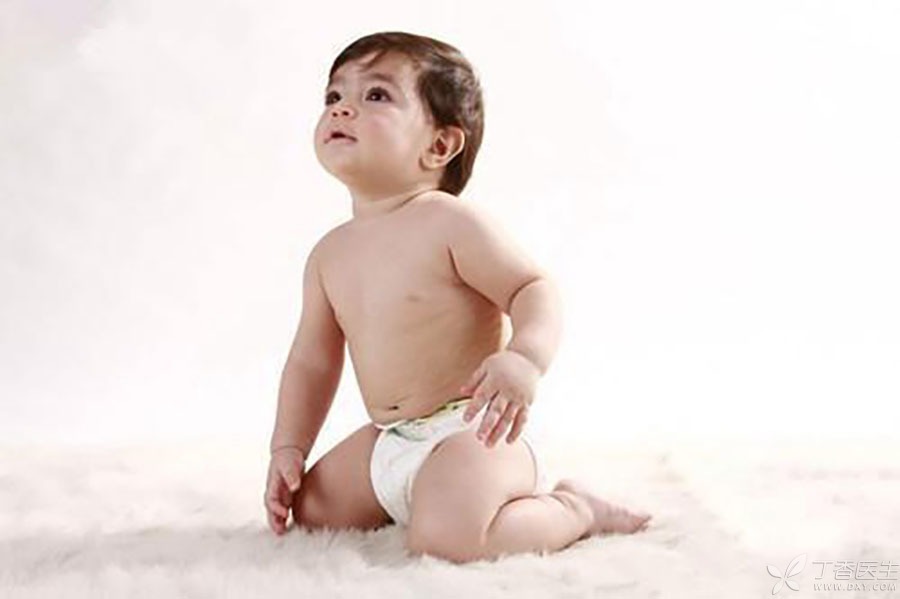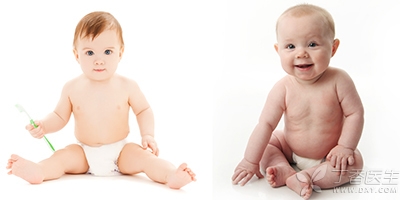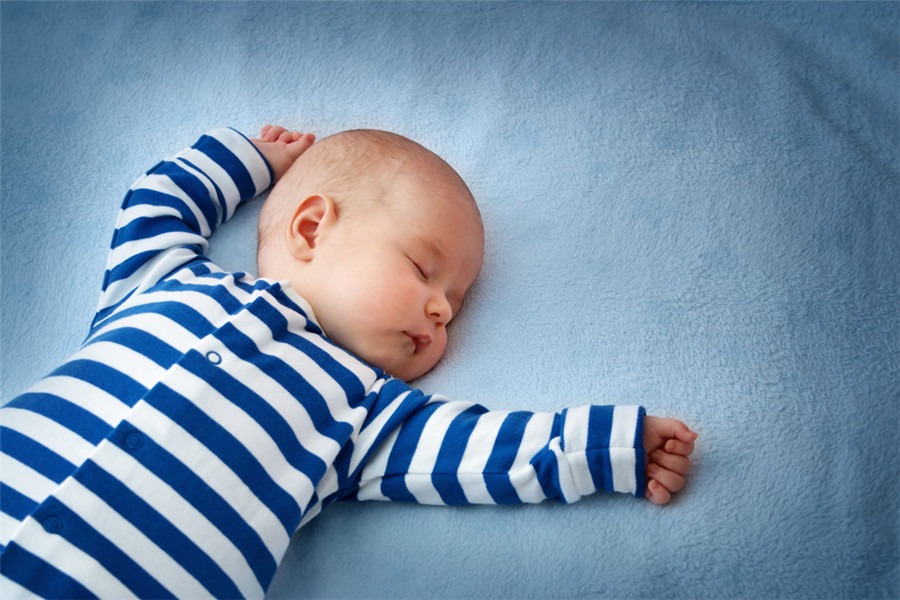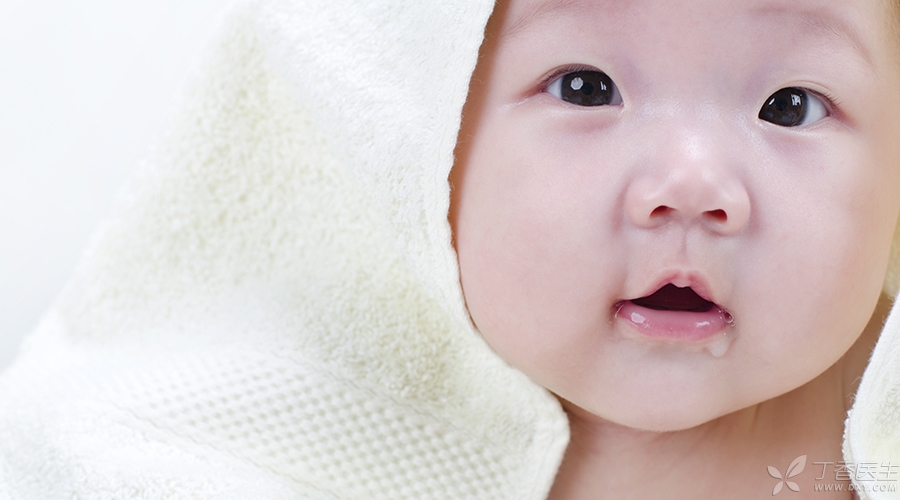After becoming a mother, does everyone feel like this: raise! Eva! Too! Difficult! Pit! Too! Many!
Whether it’s eating, drinking, pulling and scattering, or sleeping and having fun, it seems that there are pits everywhere. When a mother wants to have 100 hearts on her baby a day.
This is not, this period of time several novice mothers asked Dr. Clove for help:
I took a photo of my baby to my circle of friends. A mother wrote privately that there was something wrong with the baby’s sitting posture and she had eight legs.
I sent a group photo of my baby’s crooked head in my mother, and several mothers said that my baby had a crooked neck…
My baby vomited bubbles very adorable. I showed them to my friends, who said if it was neonatal pneumonia…
What? Cervical oblique pneumonia O-leg? Can you judge by looking at the baby’s photos?
Let’s hear what the pediatrician said.
W Sitting Position Can Lead to Baby’s Eight Legs?

The sitting posture in the photo of the mother’s baby is like this-her little butt touches the ground with her legs bent outward, looking like a duckling.
This sitting posture is called W-shaped sitting because it is very similar to the letter W.
Now there are many theories that this sitting posture is not good for the baby’s development and will lead to O-leg hunchback what.
But this statement is not accurate.
Long-term W sitting posture will indeed affect the baby:
- Causing the thigh bone to rotate inward, which in turn causes the knee joint to rotate inward, causing the feet to curl inward and the arch to reverse, making it easy for the baby to walk in a “splayed” shape. The shape of the developing pelvis will be affected, resulting in different degrees of outward expansion, which will make the baby feel pain in future activities. Causing toes to tilt inward, that is to say, the two small feet are inclined inward, and it is easy to cause flat feet and tendon tension, resulting in instability and easy fall after learning to walk; It may also cause lordosis of the baby’s spine, which is what we often call hunchback.
Mom may feel panic when she sees here:
Oh, what if my baby always sits like this?
Don’t worry, for the baby, W sitting posture is the most stable and labor-saving sitting method. This is only temporary during the baby’s development. Don’t worry too much.
When the baby is older, he will not be particularly attached to this posture. Occasionally or periodically, the above problems will not occur in the W sitting posture.
Of course, we recommend the following two postures, long legs and sitting around, which can make the baby get used to it slowly.

Does the baby like W to sit when he is old?
If this is the case, mothers can gently remind them when playing with their babies, or guide them in the form of games, instead of rudely stopping or forcibly correcting them.
Summary:
W sitting posture is a clever method explored by baby to save effort. Occasionally and periodically, you don’t have to worry, just guide and adjust slowly.
Is the baby’s crooked head an inclined neck?

The baby’s [neck obliquity] is divided into two types, one is caused by habits and the other is congenital.
1. Habitual cervical obliquity:
The neck of the newly born baby is not fully developed and has weak control, so the head is [soft] and will change with the posture of nursing, embracing and even sleeping.
If the baby is always [one-sided], the mother should think about whether it is related to her usual habits. Slowly adjusting her posture and habits can improve and heal.
2. Congenital cervical obliquity:
It is related to the posture of the baby in the uterus and the birth injury at birth. It can be expressed shortly after birth, and the specific judgment method is:
The baby’s head is only tilted to one side. Touching the neck can find a lump. The baby resisted when turning his head passively to the other side. It is difficult to correct.
At this time, it is suggested to go to the hospital immediately to make a clear diagnosis.
If it is congenital cervical obliquity, the correction effect is the best in neonatal period. If the best treatment period is missed, facial deformity and cervical deformity may be complicated in the future.
Summary:
The baby’s old crooked head should be considered from the baby’s daily habits first, and most of them can be adjusted. If problems are found, they should be treated as soon as possible.
Is it pneumonia that the baby vomits bubbles?

Out of context.
Neonatal pneumonia will have the symptom of spitting bubbles, but not all babies spitting bubbles are pneumonia.
Under normal circumstances, there are generally three reasons why babies vomit bubbles:
1. Saliva secretion period of about 3 months
At this time, the baby’s salivary glands slowly began to develop and saliva secretion increased, but the baby’s oral cavity was relatively shallow and its swallowing ability was poor, resulting in saliva and bubbles.
2. Teeth stage
When the baby has teeth, saliva secretion is also very frequent, and saliva will not stop or bubbles will be vomited.
Step 3: Play
Some babies find it very interesting after getting the skill of spitting bubbles.
Babies under 3 months old, especially newborns, are likely to suffer from neonatal pneumonia when accompanied by milk rejection, poor mental response, shortness of breath, etc. in addition to the phenomenon of spitting bubbles.
At this stage, the baby’s trachea is short and narrow, funnel-shaped, and does not cough. If he suffers from pneumonia, he usually vomits bubbles to discharge secretions from the lung and trachea.
Don’t delay if you find any abnormalities. It is recommended to go to the hospital in time.
Summary:
The baby only spits bubbles occasionally, eats milk well, has a good mental reaction, breathes smoothly, and does not need to worry too much. Pay attention to oral hygiene, wipe in time, and prevent saliva rash.
